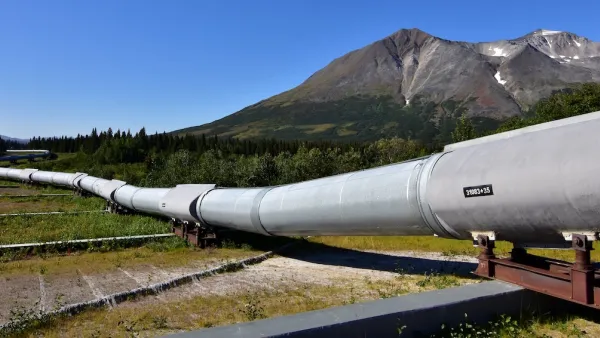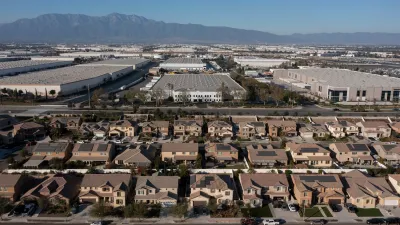Could New York State’s ban on the energy-intensive activity foreshadow similar actions in other parts of the country?

In the wake of the nation’s first moratorium on cryptocurrency mining operations, should the industry worry that more states will follow New York’s example? Clio Chang outlines the state’s new policy in Curbed.
“Over the past few years, upstate New York has seen a proliferation of these plants that ‘mine’ digital currencies using fossil fuels, often repurposing old aluminum mills and coal plants in the area.” The New York bill, signed by Governor Kathy Hochul last week, will last for two years and applies to “new ‘proof of work’ fossil-fuel crypto plants, which utilize enormous amounts of energy to feed high-powered computers to validate new coins. It doesn’t apply to individuals — or companies — who have already filed paperwork in the state.”
Cryptocurrency mining has come under fire from environmentalists for its contributions to greenhouse gas emissions. “Global mining of just one kind of cryptocurrency, bitcoin, consumes more electricity than all residential lighting in the U.S. and produces about half the emissions of the global tobacco industry, according to the University of Cambridge.”
FULL STORY: Is New York’s Crypto-Mining Moratorium the Start of a Trend?

Planetizen Federal Action Tracker
A weekly monitor of how Trump’s orders and actions are impacting planners and planning in America.

Congressman Proposes Bill to Rename DC Metro “Trump Train”
The Make Autorail Great Again Act would withhold federal funding to the system until the Washington Metropolitan Area Transit Authority (WMATA), rebrands as the Washington Metropolitan Authority for Greater Access (WMAGA).

The Simple Legislative Tool Transforming Vacant Downtowns
In California, Michigan and Georgia, an easy win is bringing dollars — and delight — back to city centers.

DC Backpedals on Bike Lane Protection, Swaps Barriers for Paint
Citing aesthetic concerns, the city is removing the concrete barriers and flexposts that once separated Arizona Avenue cyclists from motor vehicles.

In These Cities, Most New Housing is Under 441 Square Feet
With loosened restrictions on “micro-housing,” tiny units now make up as much as 66% of newly constructed housing.

Albuquerque’s Microtransit: A Planner’s Answer to Food Access Gaps
New microtransit vans in Albuquerque aim to close food access gaps by linking low-income areas to grocery stores, cutting travel times by 30 percent and offering planners a scalable model for equity-focused transit.
Urban Design for Planners 1: Software Tools
This six-course series explores essential urban design concepts using open source software and equips planners with the tools they need to participate fully in the urban design process.
Planning for Universal Design
Learn the tools for implementing Universal Design in planning regulations.
Smith Gee Studio
City of Charlotte
City of Camden Redevelopment Agency
City of Astoria
Transportation Research & Education Center (TREC) at Portland State University
US High Speed Rail Association
City of Camden Redevelopment Agency
Municipality of Princeton (NJ)





























